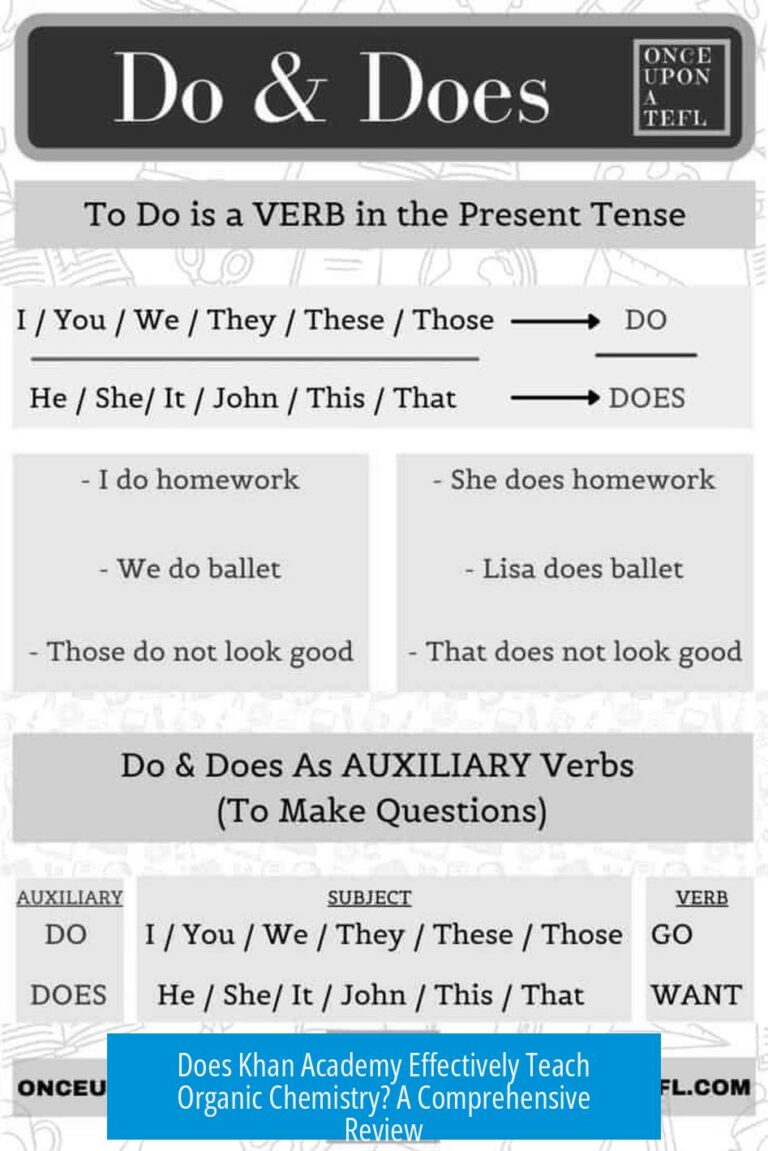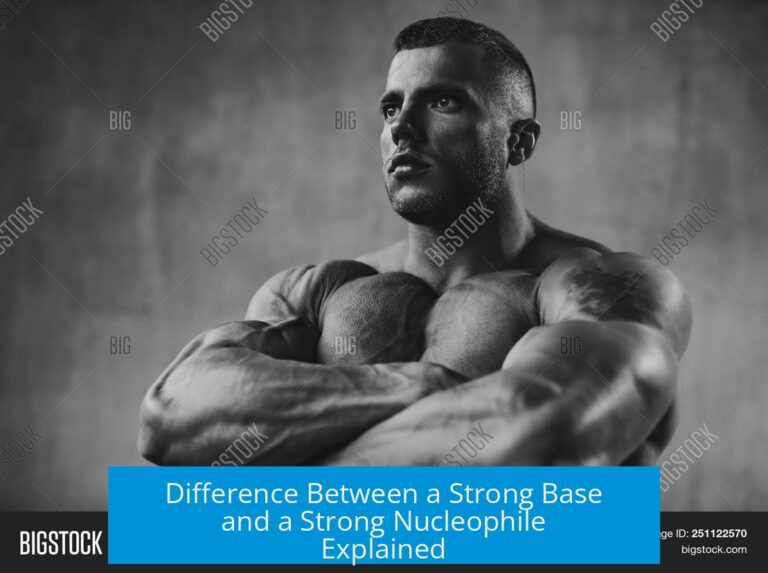Easy Way to Remember E1, E2, SN1, SN2 Reactions

The easiest way to remember E1, E2, SN1, and SN2 reactions is by focusing on the reaction type, the number of steps involved, and the mechanism, rather than pure memorization. Understanding these principles simplifies distinguishing between these common organic mechanisms.
Meaning of the Reaction Names
- SN1: Substitution, one molecule involved at a time (two-step reaction)
- SN2: Substitution, two molecules involved simultaneously (one-step reaction)
- E1: Elimination, one molecule removed at a time (two-step reaction)
- E2: Elimination, two things eliminated at once (one-step reaction)
Number of Steps and Mechanism

Recall that the ‘1’ and ‘2’ in the names refer to molecularity, not the number of steps.
| Reaction | Step Count | Key Features |
|---|---|---|
| SN1 | Two steps | Leaving group leaves first; carbocation forms; nucleophile attacks. |
| SN2 | One step | Nucleophile backside attack; leaving group departs simultaneously. |
| E1 | Two steps | Similar to SN1; forms carbocation intermediate; proton removed after. |
| E2 | One step | Simultaneous proton removal and leaving group departure. |
Role of Carbocation Stability
Carbocation stability guides whether a reaction proceeds via a two-step mechanism (E1 or SN1) or a one-step (E2 or SN2).
- Tertiary carbocations are stable and favor SN1 or E1.
- Primary carbocations are unstable; these reactions are unlikely to proceed via SN1 or E1.
- Secondary carbons may proceed via multiple pathways depending on conditions.
Reaction Limitations and Conditions
- SN2 does not occur at tertiary carbons due to steric hindrance.
- Protic solvents (e.g., HF) stabilize carbocations and promote SN1/E1 mechanisms.
- Strong bases and polar aprotic solvents often favor SN2 or E2.
Study Tips
Understanding these concepts is more effective than rote memorization. Writing out mechanisms repeatedly helps retention. Using resources like Master Organic Chemistry and Khan Academy aids comprehension.
Key Takeaways
- SN/E indicates substitution or elimination; 1 or 2 refers to molecularity.
- SN1 and E1 are two-step processes involving carbocation intermediates.
- SN2 and E2 occur in one step; nucleophile/base acts simultaneously with leaving group departure.
- Carbocation stability determines reaction pathway.
- Reaction conditions and substrate structure influence the mechanism.





Leave a Comment